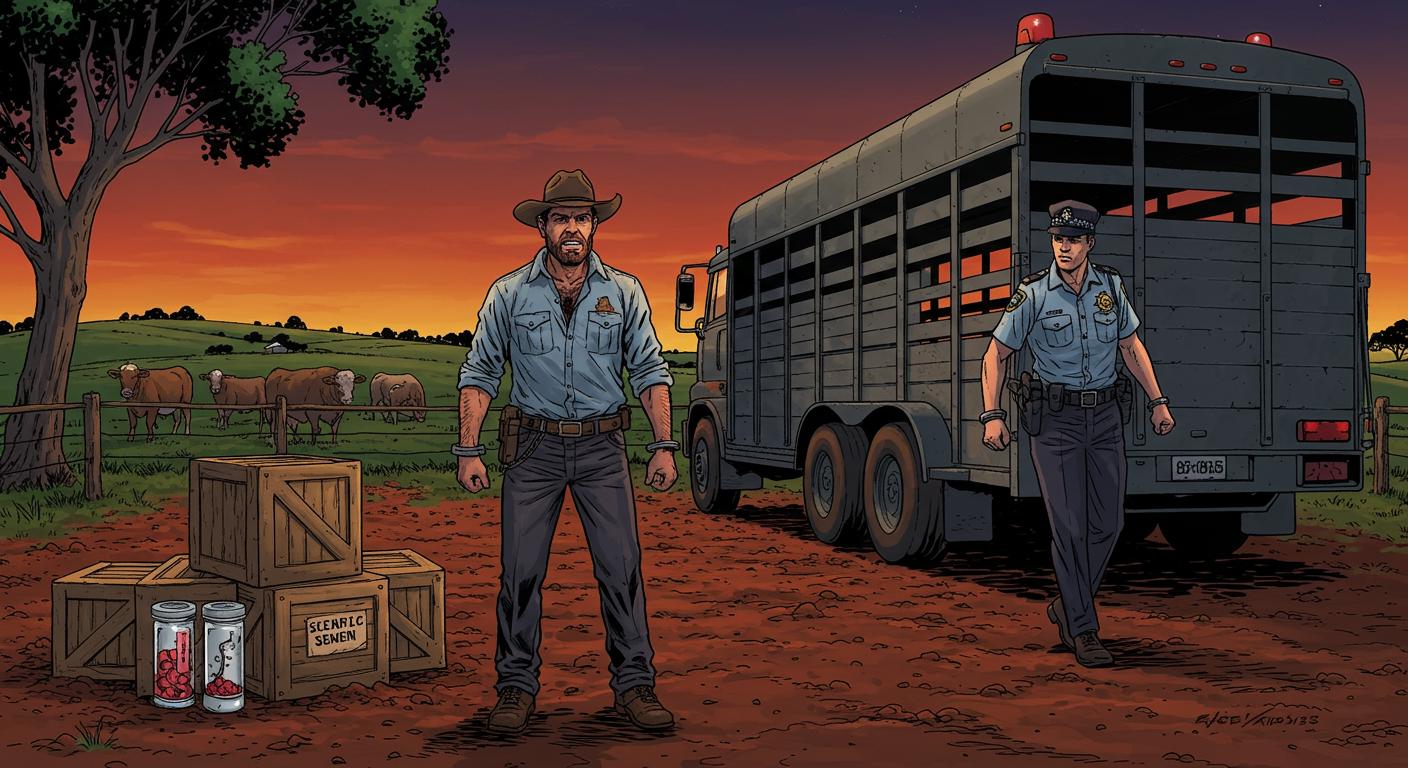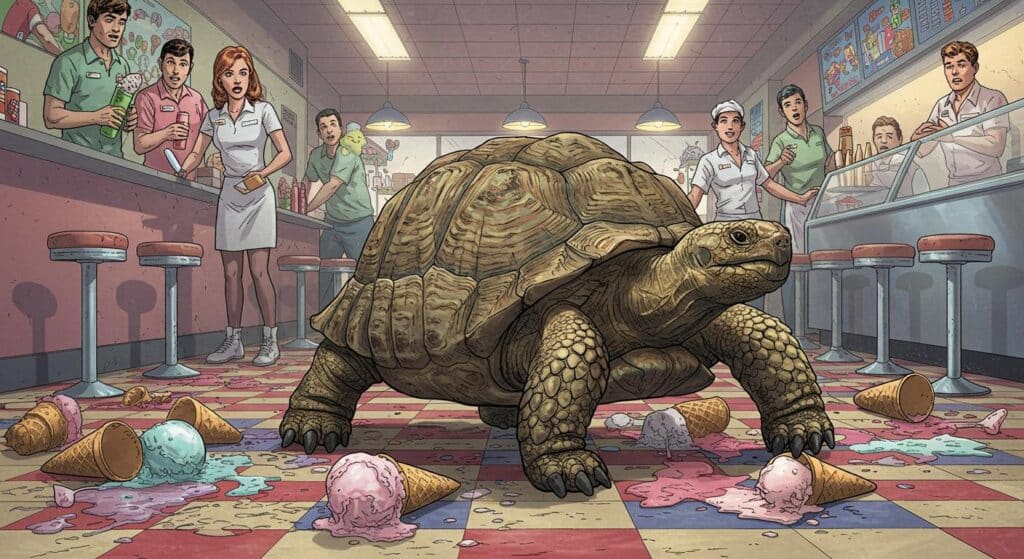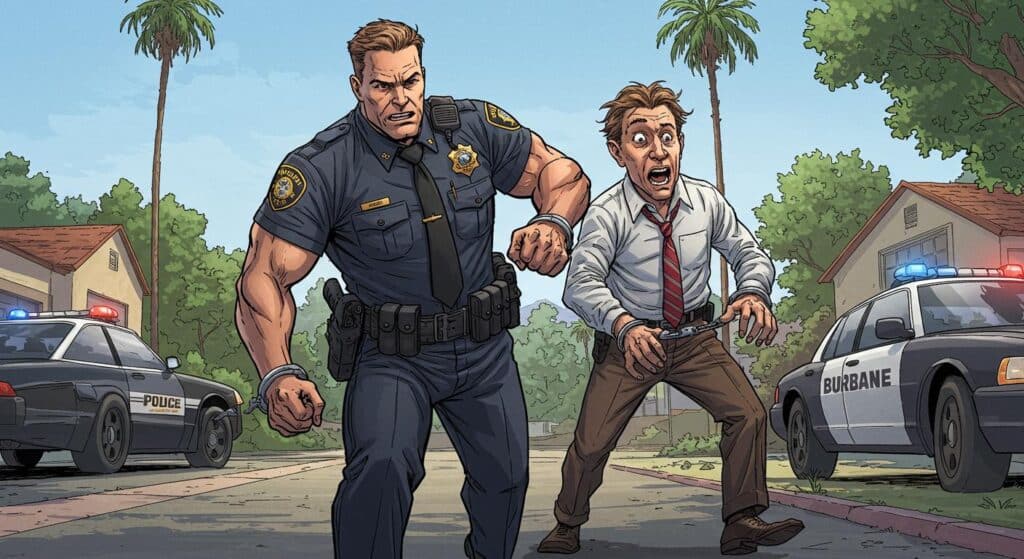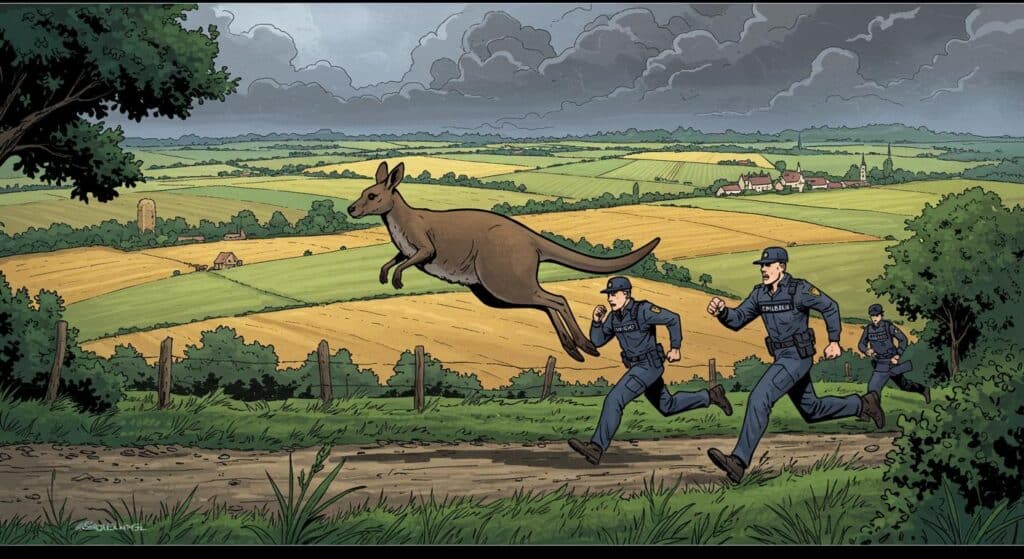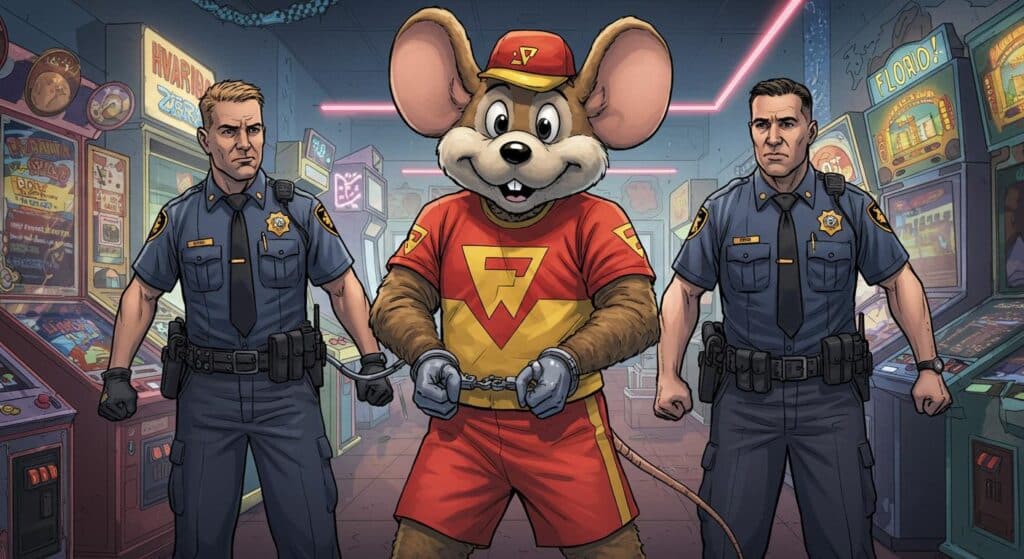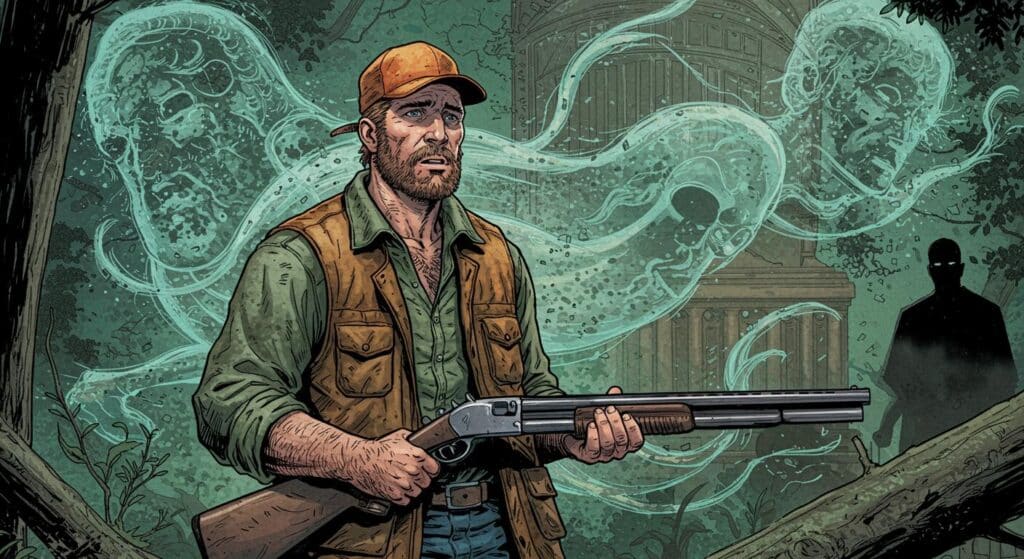Every so often, a crime caper dusted with enough agricultural eccentricity demands more than a second glance—and invites the question: who, exactly, is planning these things? As detailed by The Guardian and further corroborated by the Macleay Argus, the latest entry comes with all the trappings of rural intrigue: hundreds of prized cattle quietly transferred, a cryogenic tank filled with $100,000 worth of bull semen, and a veterinary subplot straight from a production notes pile marked “unlikely mini-series.”
The Cattleman Cometh
At the heart of this saga is a 34-year-old Grafton man who, according to The Guardian, was entrusted by his employer to sell off a sizable herd—specifically 200 cattle categorized as recipient and empty. The Macleay Argus expands on this, explaining that instead of just following those directions, the man is accused of including 45 full-blood Wagyu cows and heifers in the sale—genetically prized animals with an estimated average value of around $3,000 each, as Detective Chief Inspector Cameron Whiteside informed The Guardian. Police allege the man orchestrated a scheme via a third-party buyer to purchase 114 of these cattle, including all 45 Wagyu, for himself at a “greatly reduced price,” ultimately leading to a financial benefit of close to $100,000. If you’re wondering how the paperwork looked on that, you’re not alone.
Semen, Embryos, and Liquid Nitrogen Tanks: Not Your Usual Stolen Property List
The list of what went missing is, to put it mildly, not your standard fare for a police report. As described in The Guardian’s coverage, when NSW Police’s rural crime unit—codename Strike Force Newbury, for those keeping a tally of excellent police operation names—searched several properties, they seized a liquid nitrogen storage tank loaded with bull semen valued at around $100,000. The Macleay Argus also highlights the inclusion of Wagyu embryos among the recovered items. For breeders, these aren’t just curiosities; they form the future genetic prospects of entire herds—so their theft isn’t merely immediate financial loss, but a blow to years of selective breeding and anticipated generational gains.
Among the logistical challenges, the Macleay Argus reports that police mustered more than 500 cattle across properties in northern New South Wales as part of their investigation—a scene that probably looked equal parts Western and science experiment, given the presence of cryogenic tanks in tow.
Of Vets and Veracity
But what is rural intrigue without a supporting cast? Enter the 48-year-old Grafton-based veterinarian. According to the Macleay Argus, after police found sick Wagyu bulls at the farm worker’s property, the man allegedly engaged the vet, who then produced false treatment documents while never actually providing care. Police, as cited by both outlets, say two of those bulls later died. Both The Guardian and Macleay Argus confirm the vet has now been charged: aggravated animal cruelty, failure to provide veterinary treatment, and attempting to pervert the course of justice. The Macleay Argus specifies that he was granted conditional bail and is set to appear at Grafton Local Court on August 11.
Rustling with a Modern Twist
Livestock theft, once the province of bushrangers and moonlit sheep duffers, has (as The Guardian notes) evolved into a far more modern, and dare one say, molecular-level affair. The alleged criminal strategy went straight for the crown jewels of modern cattle breeding—the genetic material itself. Stealing $100,000 in bull semen and specialized embryos, as both outlets report, isn’t just about short-term gain; it’s about leveraging the foundation for untold generations of future Wagyu progeny, each worth thousands on their own. It makes one wonder: in 2025, is a rural crime unit’s greatest asset a sharp eye, or an industrial-strength freezer?
Parting Reflections
With both the farm worker and the veterinarian out on bail in advance of their court dates—August 4 for the alleged cattleman, August 11 for the vet, as specified by the Macleay Argus—NSW Police and their cinematic Strike Force Newbury appear to still be talling cows, tracing liquid nitrogen tanks, and sorting paperwork across state lines. The Guardian emphasizes the complex, multi-agency nature of the investigation, with police from New England, Dubbo, and southern NSW coordinating resources.
As the investigation continues, questions linger: In an era where cold storage safeguards fortunes and cow pedigrees can cause courtroom dramas, what kind of rural security system is considered “state of the art”? Are the days of a padlock on a gate over, replaced by biometric scanners and DNA certificates? Or does safeguarding the family ranch now mean hiring an archivist with a healthy skepticism of bargain cattle sales?
After all, in rural Australia, the next case of grand larceny may be less about rustlers with horses—and more about who has the keys to the liquid nitrogen shed.

